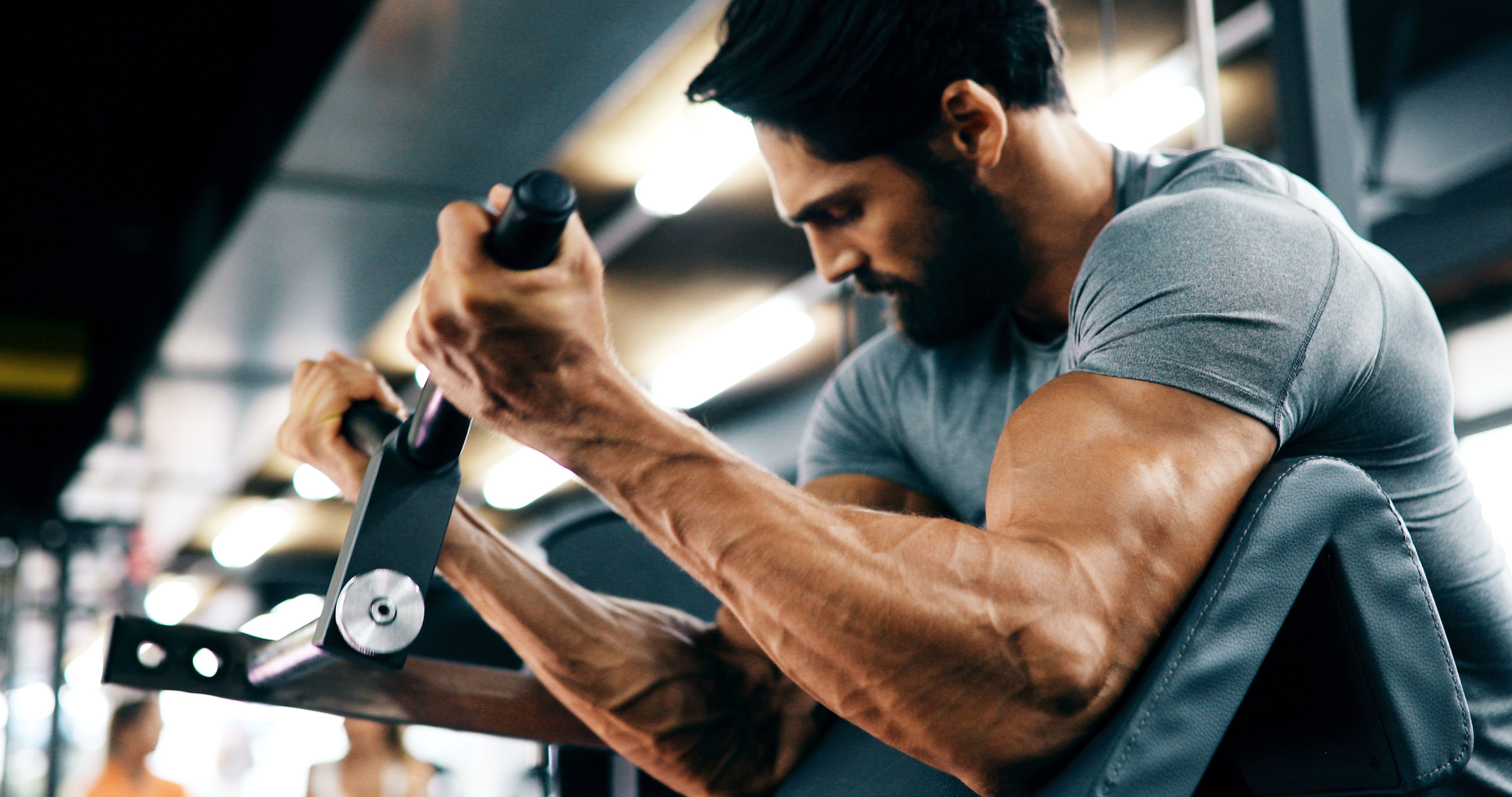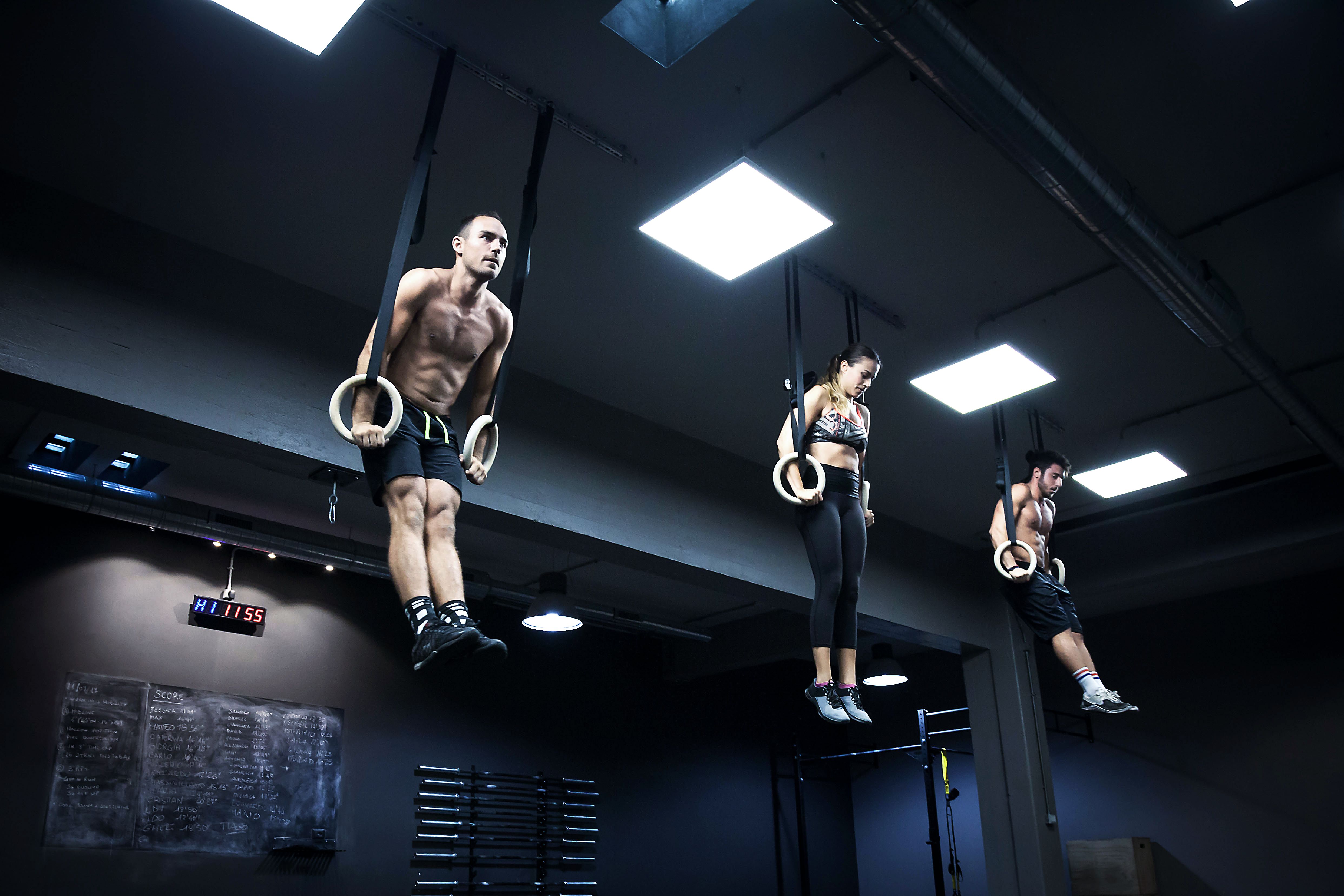Whenever Olympic, Commonwealth or European gymnastics are on TV, a common question always crops up
“How are gymnasts so jacked?” people ask.
Look into their training and there won’t be a single bicep curl in sight. Despite this, gymnasts regularly sport physiques to make some bodybuilders blush.
You may be wondering why this is.
Gymnastic training is underpinned by three main principles that make it a great method of muscle-building:
- Resistance
- TUT (Time Under Tension)
- Volume
Resistance: using your bodyweight
When it comes to training arms, most people head straight over to isolation exercises such as the cable curl and tricep extension. These both serve a purpose and you may not want to cut them out completely.
However, gymnastic and bodyweight training styles arguably provide more.
What’s the most you can lift on a bicep curl, for example? It’s not an exercise you regularly max out on – and a 40 kg curl with good form would be seen as strong in most people.
On the other hand, the chin-up follows the same movement pattern as the bicep curl. You’re still working from the elbow joint and bringing the biceps into play.
Bicep curls are easy to get wrong. Form and technique often go out the window when lifting heavy.
If you can do one underhand chin-up, that is essentially a bicep curl with your bodyweight. Weigh 70 or 80 kgs? You’d do well to match that weight with dumbbells.
Immediately, you can begin to see why bodyweight exercises add so much to a strength-training programme.
TUT: time under tension
Chin-ups on a straight bar are one thing. Chin-ups on gymnastic rings are something else.
The unfixed nature of gymnastic rings mean that your body has to work harder to move and perform exercises. This process recruits more muscle fibres – particularly the smaller, stabilising muscles.
Not only are gymnasts therefore hitting an immense amount of muscle tissue, they’re also doing it for a long period of time – what is referred to as time under tension (TUT). They don’t just pull their bodyweight up onto the rings for one or two seconds.
Gymnasts will use movements such as chin-ups and dips to get themselves into position before moving into more difficult moves such as the trapeze. This whole ‘moving between exercises’ without coming down from the rings is called a transition.
It’s the transition of moving through all these exercises without faltering that recruits so much muscle tissue.
Gymnasts will therefore be held in this state of tension for a serious length of time. When you consider that they’ll train for a few hours each day, that’s a lot of stress on the target muscle groups.
Volume: over weeks and months
Now you know what exercises gymnasts use, and what triggers that growth, it’s worth considering their wider programming.
Muscles grow in response to training volume that you accumulate over weeks and months.
At the elite level, athletes will train for months in the run-up to a games such as the Olympics or European Championships. This frequency of training is yet another reason for muscle growth.
Numerous studies show hitting a muscle group at least two to three times a week to be best for growth.
Gymnasts go one step further. In the same way that a football team may train a set piece in each session, a gymnast will also go through all exercises on a training day.
Not only will they get better at their skill, but it’s further volume placed on each muscle.

How to try it
Okay, so you may not have the time and space to spend eight hours a day propped up by rings, so shoot for reps and timed holds instead.
Arnold liked to aim for 30 reps per muscle in each workout. 3 sets of 10 ring chin-ups will work well. Ring dips are great if you can manage those, too. To work on your time under tension, on the final rep of each, hold at the top position for as long as possible.
Time yourself and aim to beat your score each time you’re back on the rings.
You don’t need to join a gymnastics club, either. A sturdy pair of rings can be purchased from an internet retailer for £20-30.
Read more from JOE’s Ditch The Bad Bod series











































